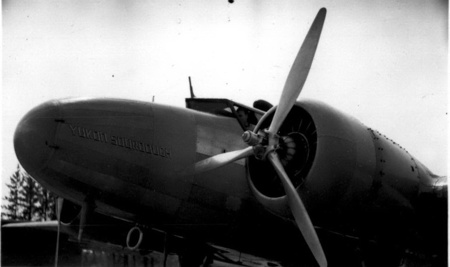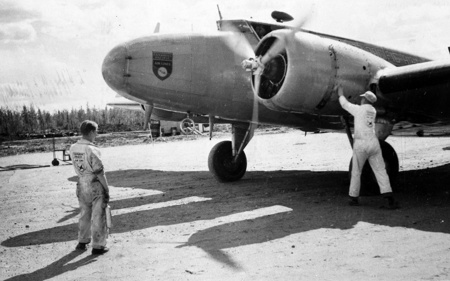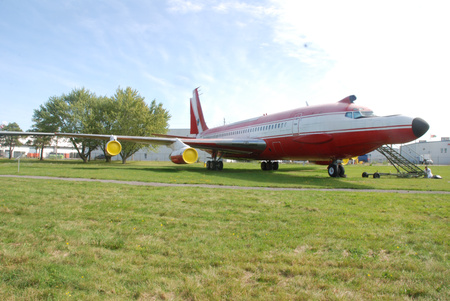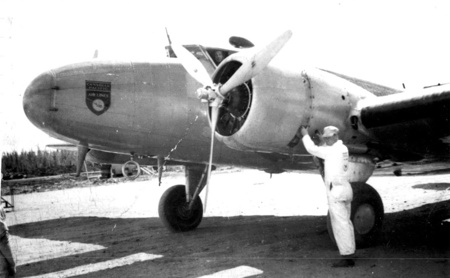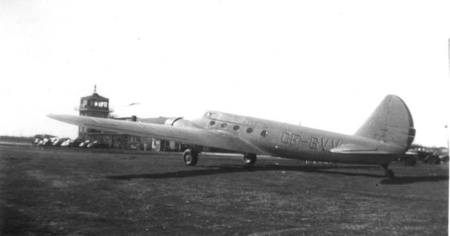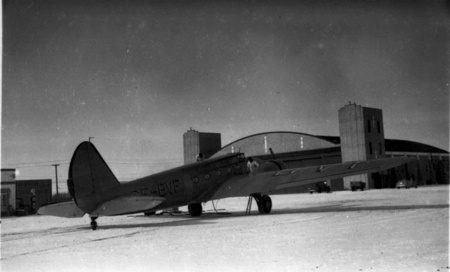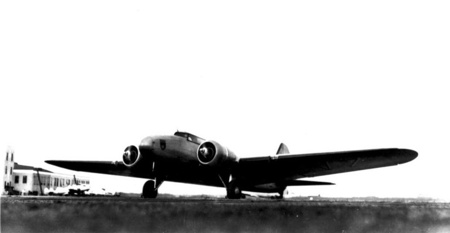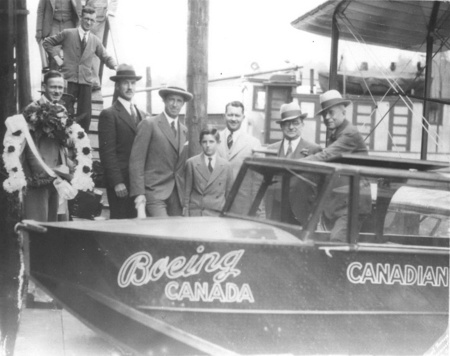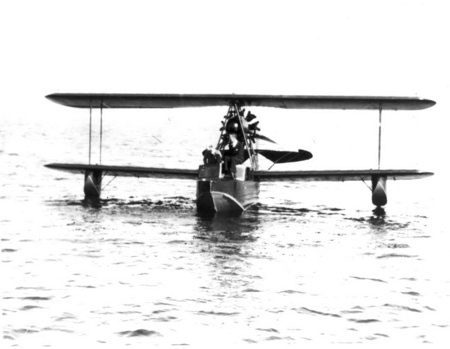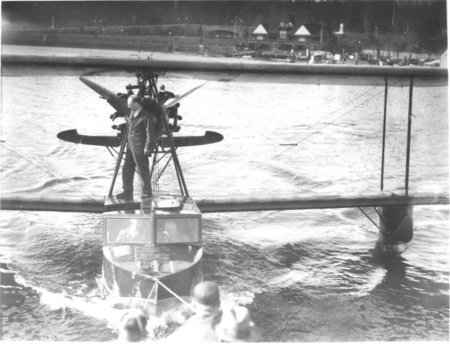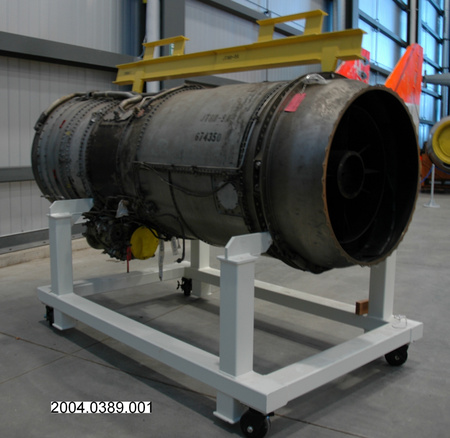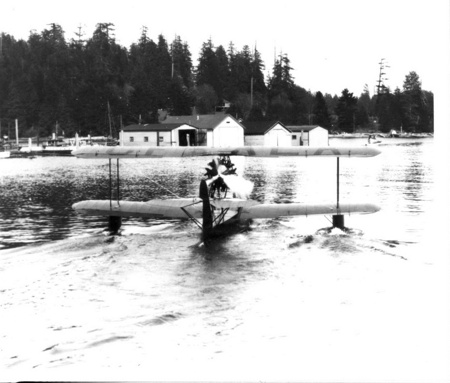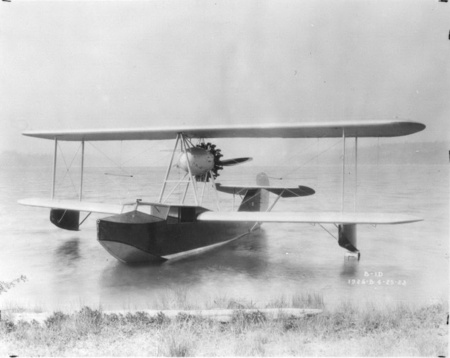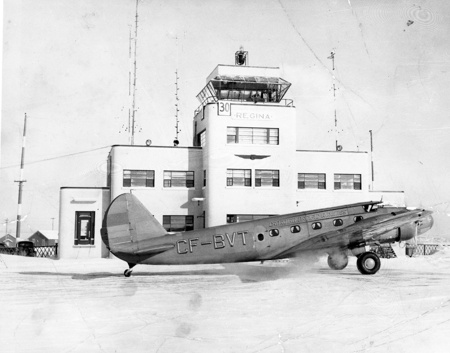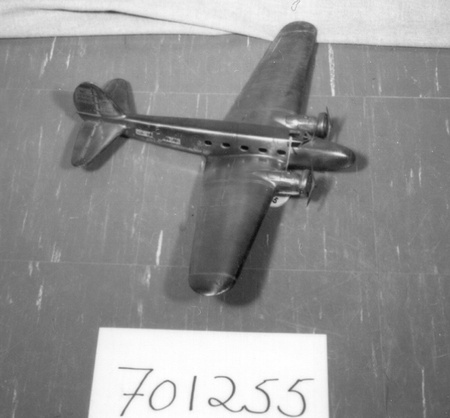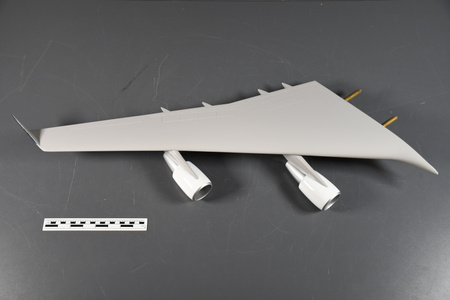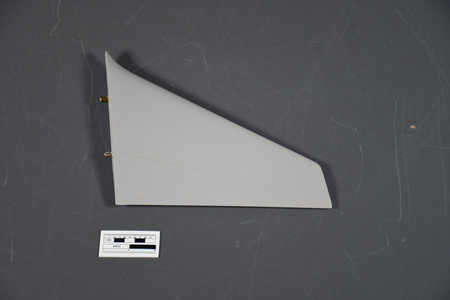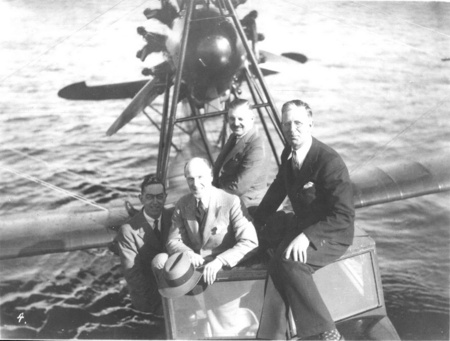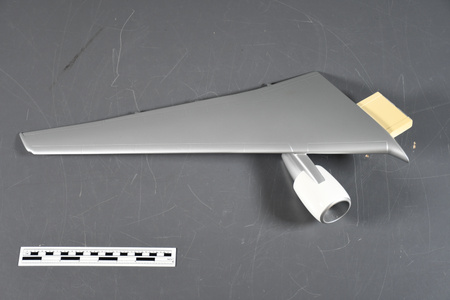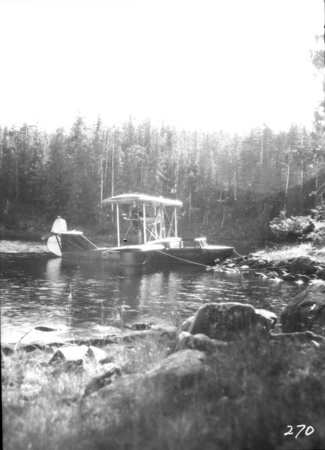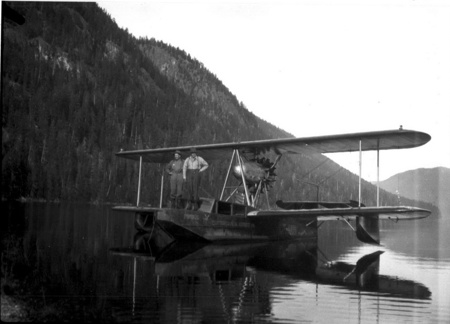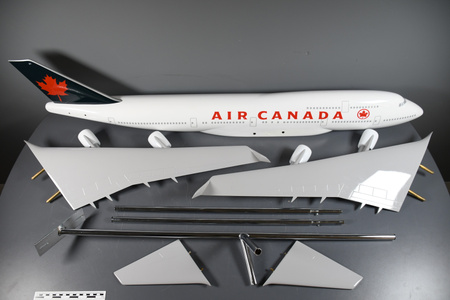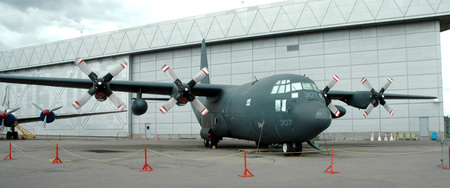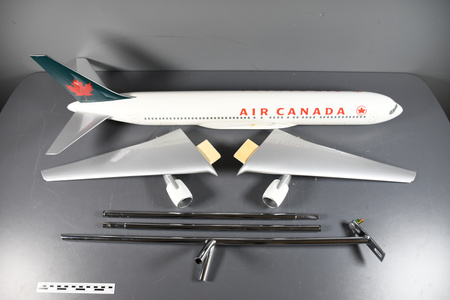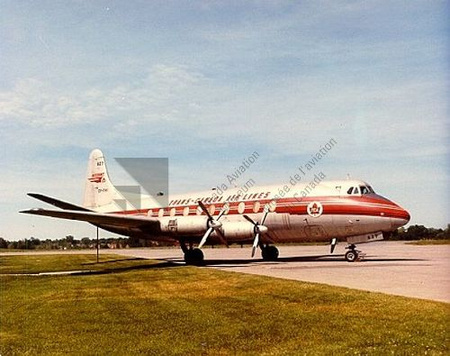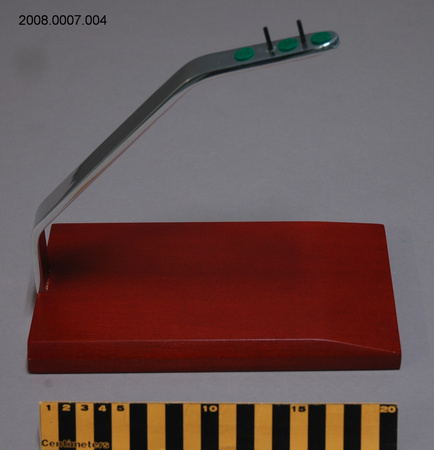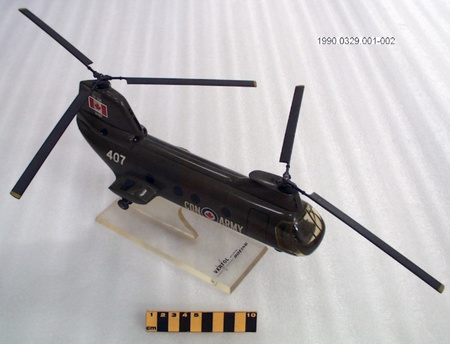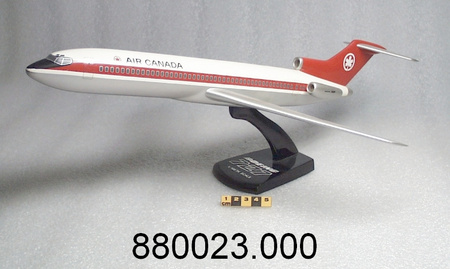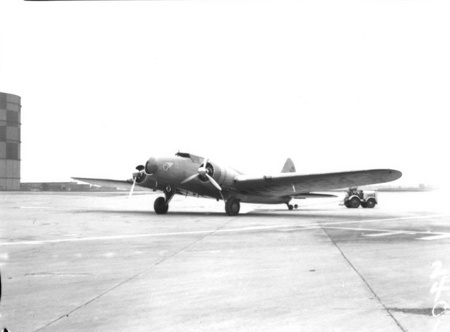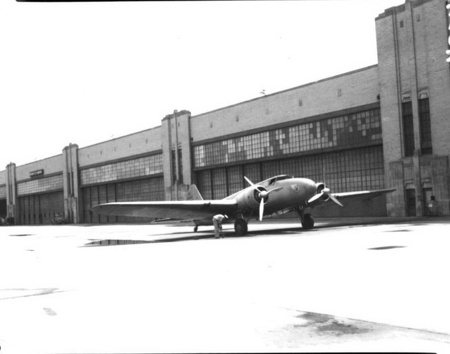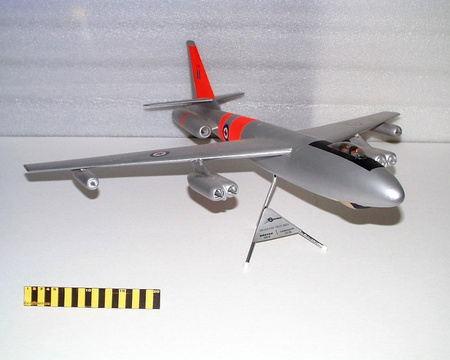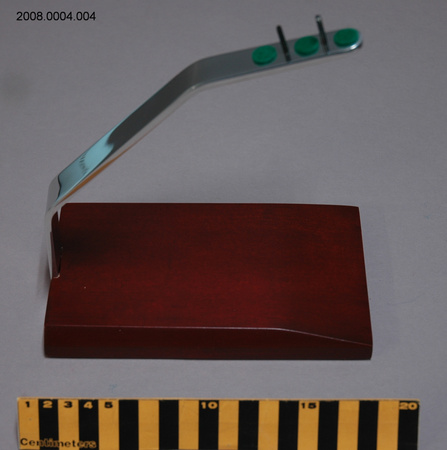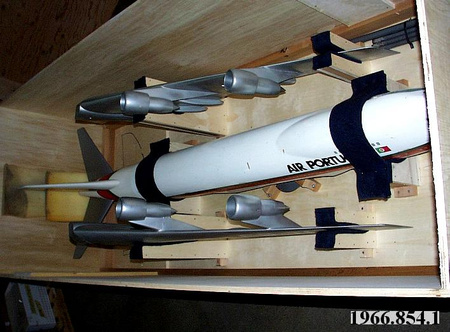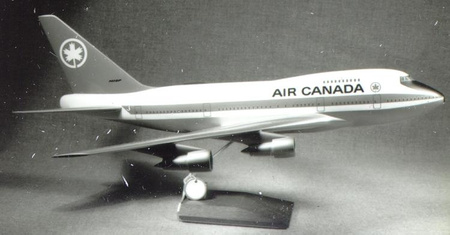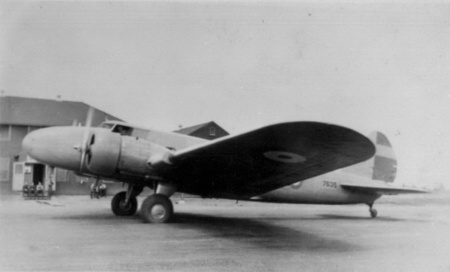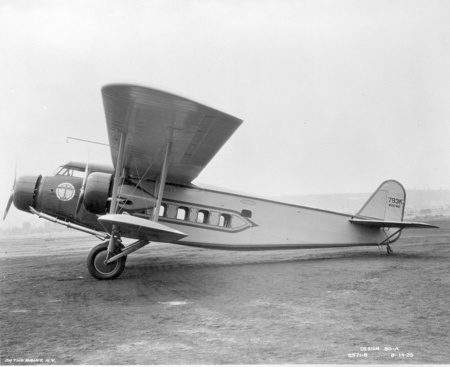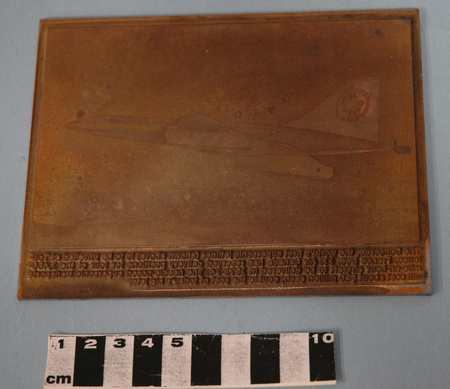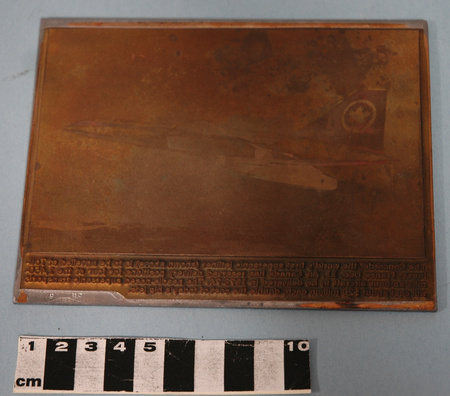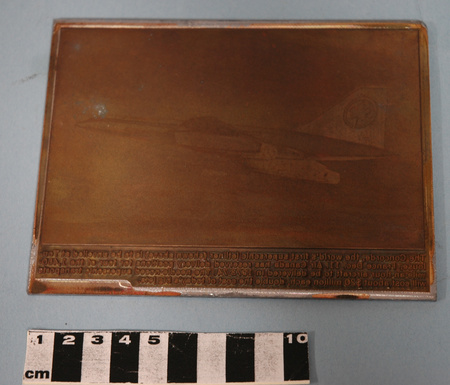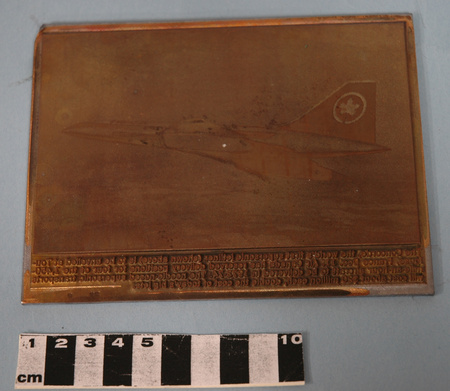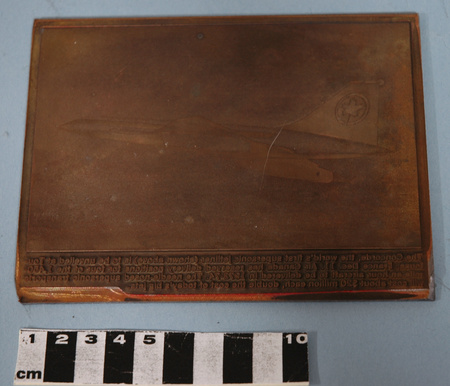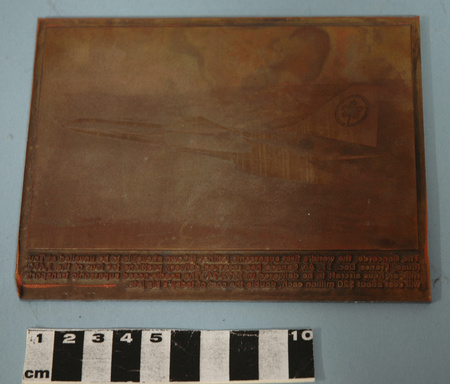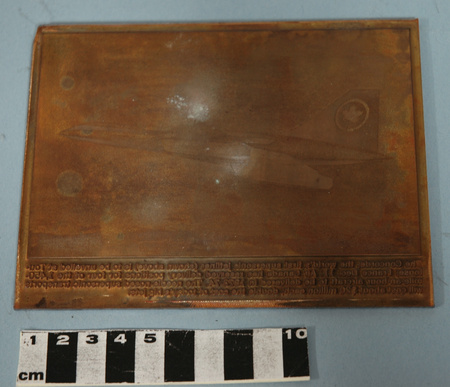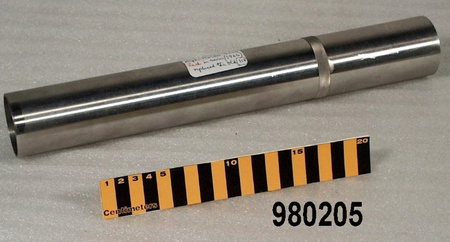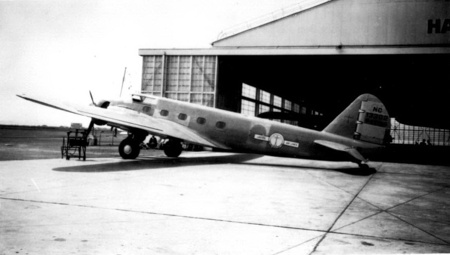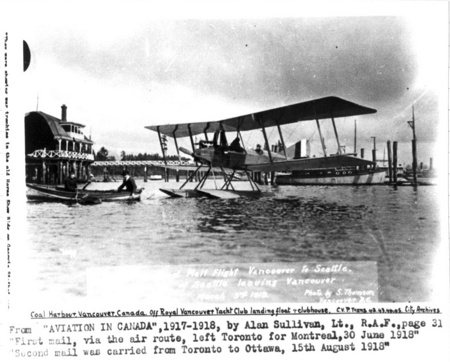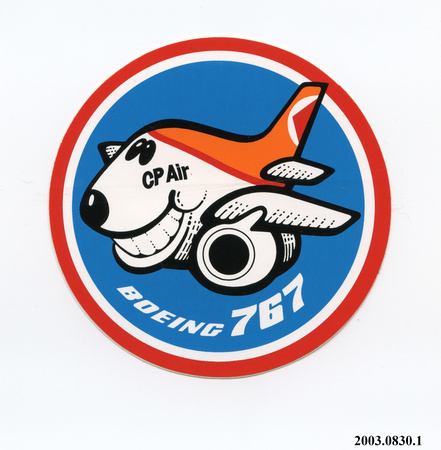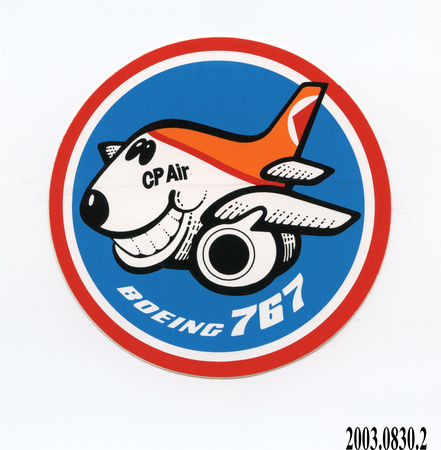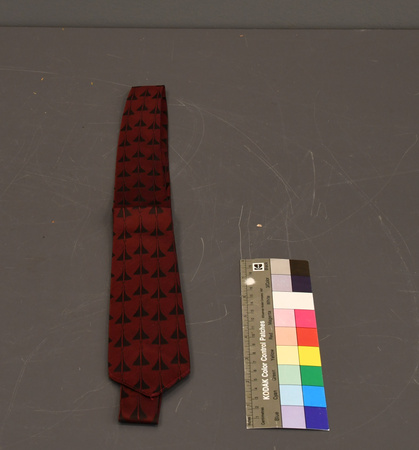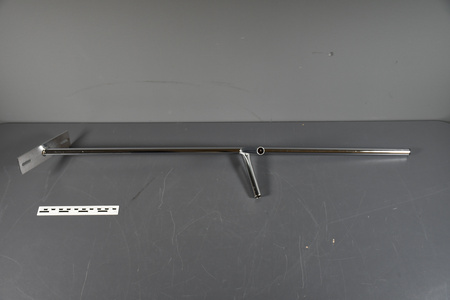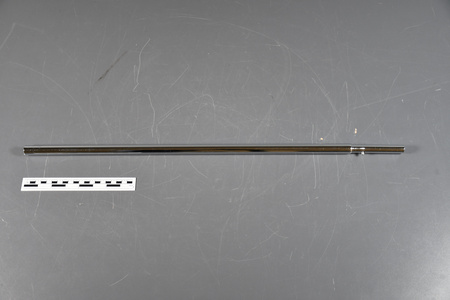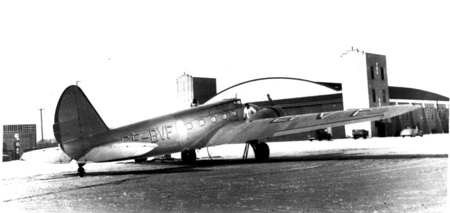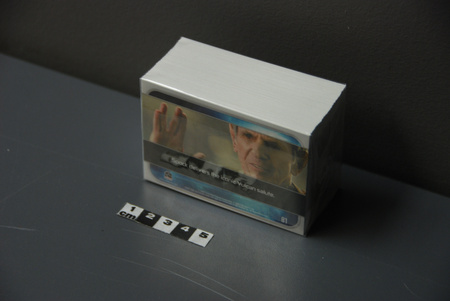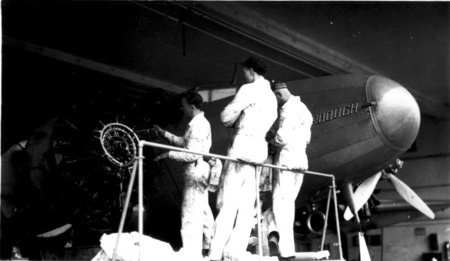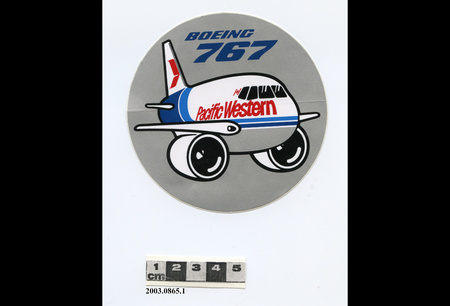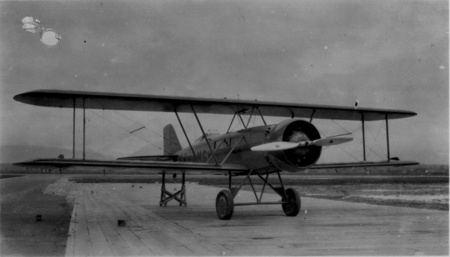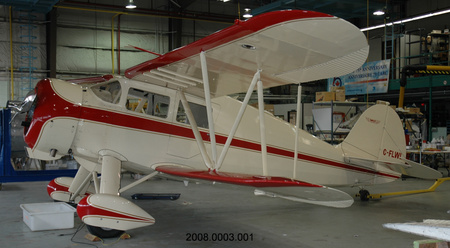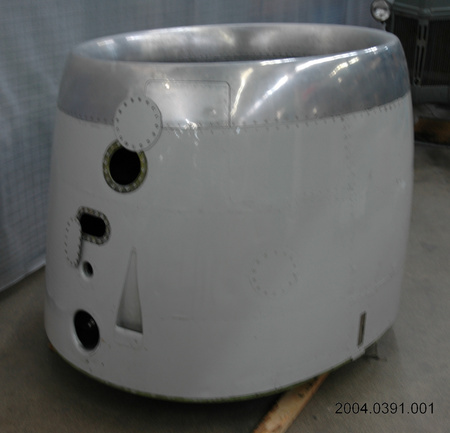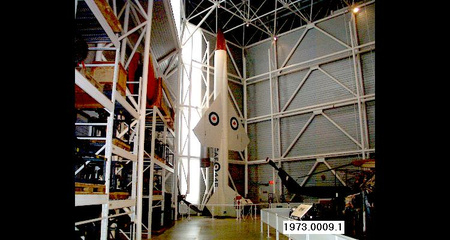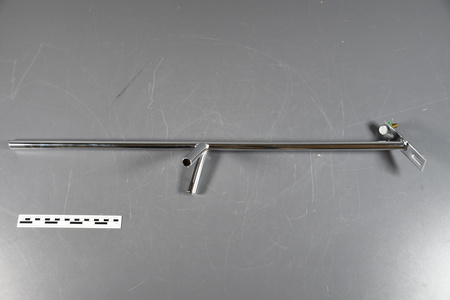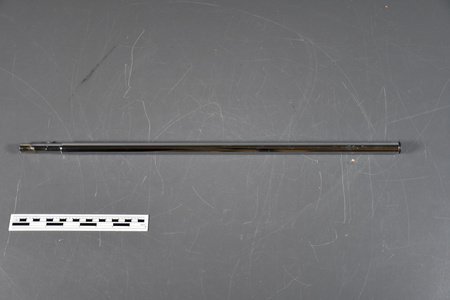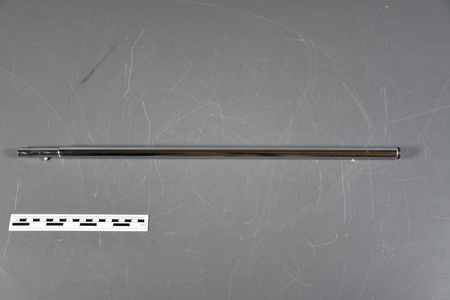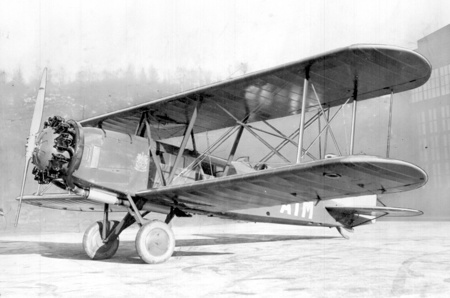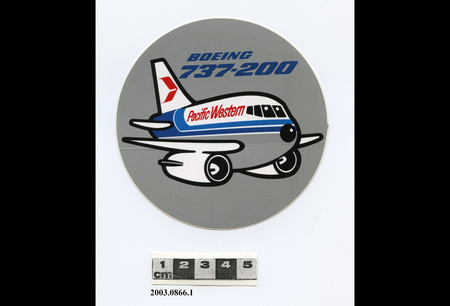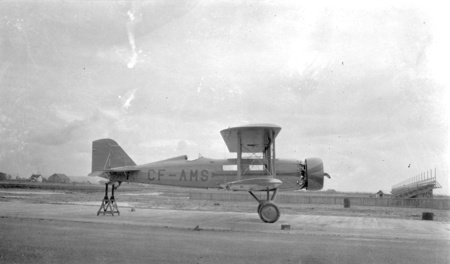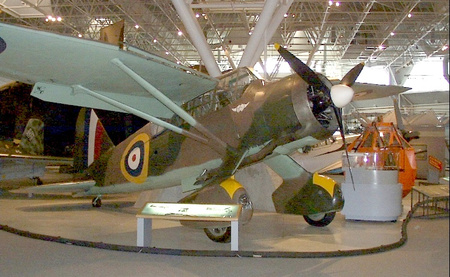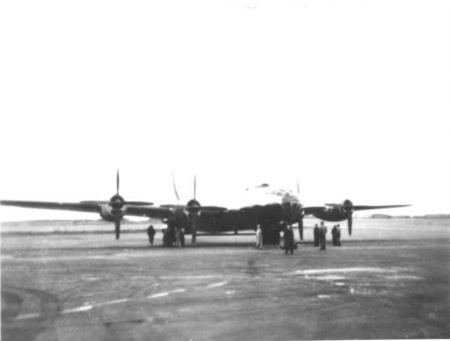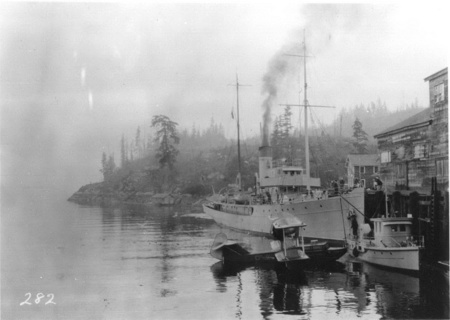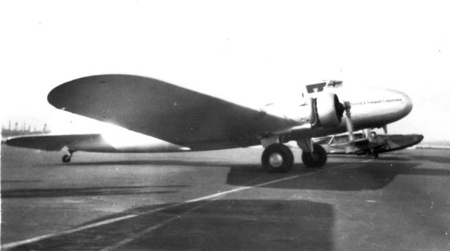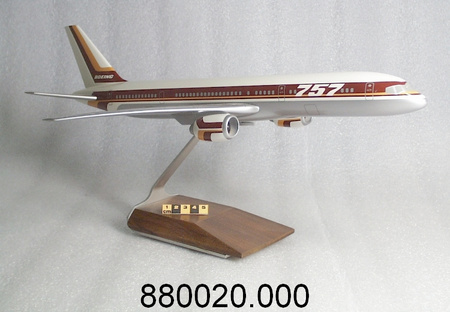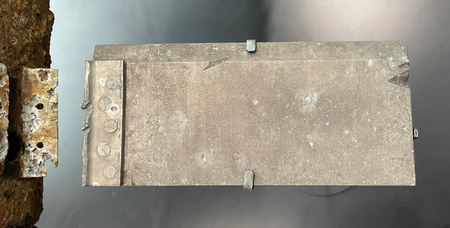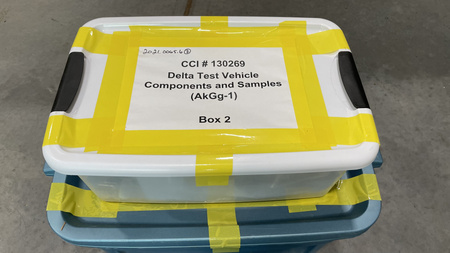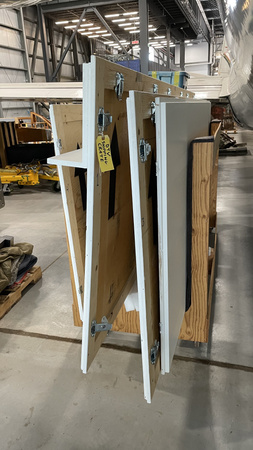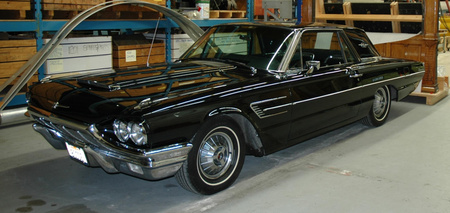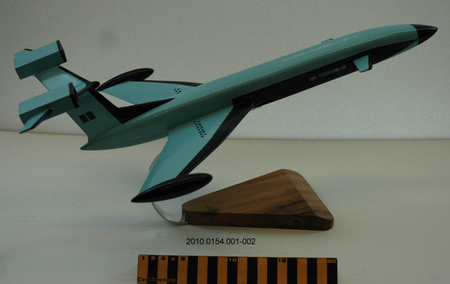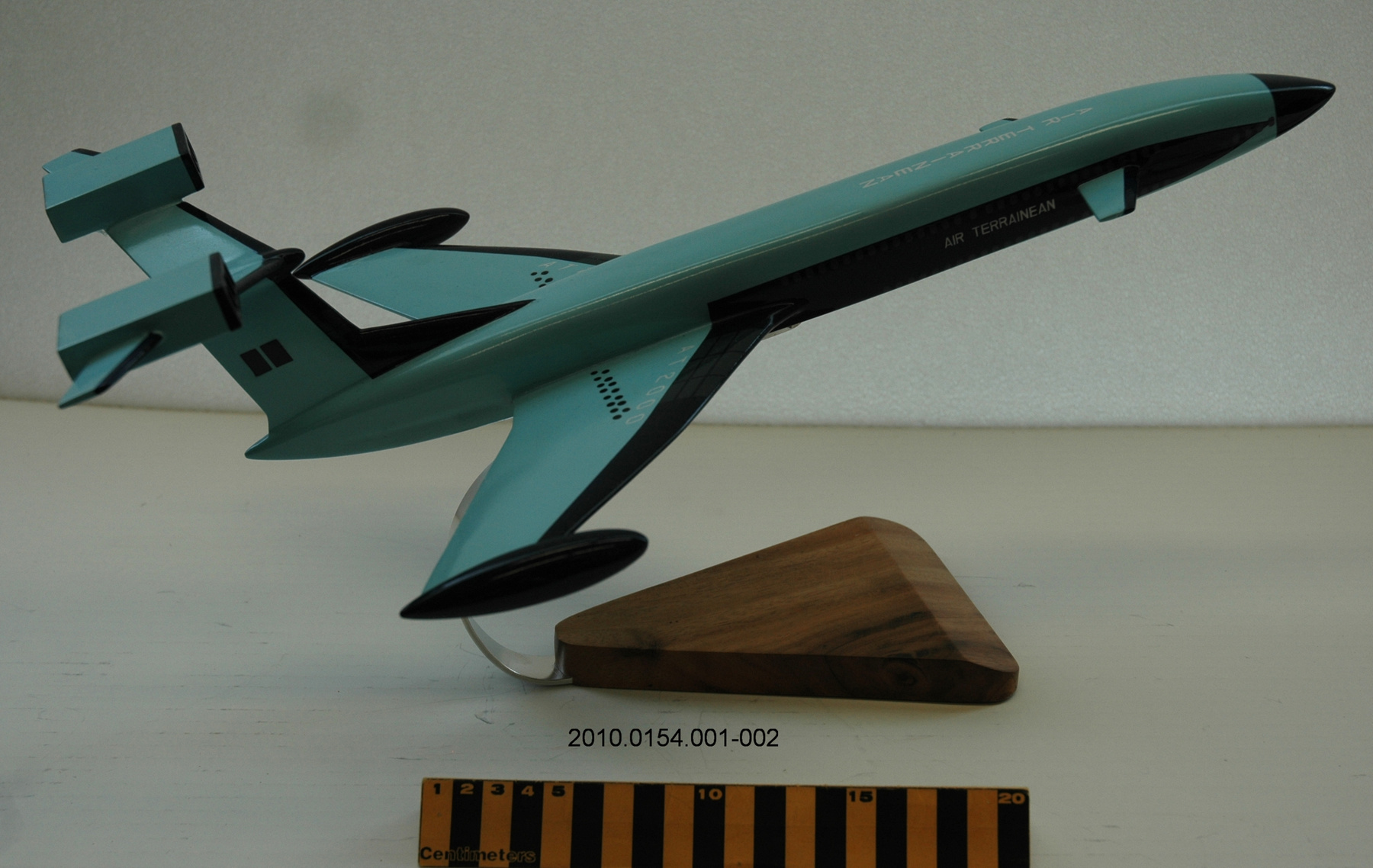Airplane model
Use this image
Can I reuse this image without permission? Yes
Object images on the Ingenium Collection’s portal have the following Creative Commons license:
Copyright Ingenium / CC BY-NC-ND (Attribution-NonCommercial 4.0 International (CC BY-NC 4.0)
ATTRIBUTE THIS IMAGE
Ingenium,
2010.0154.001
Permalink:
Ingenium is releasing this image under the Creative Commons licensing framework, and encourages downloading and reuse for non-commercial purposes. Please acknowledge Ingenium and cite the artifact number.
DOWNLOAD IMAGEPURCHASE THIS IMAGE
This image is free for non-commercial use.
For commercial use, please consult our Reproduction Fees and contact us to purchase the image.
- OBJECT TYPE
- N/A
- DATE
- 2010
- ARTIFACT NUMBER
- 2010.0154.001
- MANUFACTURER
- eModelAirplanes.com
- MODEL
- Fireflash-Thunderbird-Anderson
- LOCATION
- Philippines
More Information
General Information
- Serial #
- N/A
- Part Number
- 1
- Total Parts
- 2
- AKA
- N/A
- Patents
- N/A
- General Description
- Wood; steel rims around holes to accommodate pegs on stand.
Dimensions
Note: These reflect the general size for storage and are not necessarily representative of the object's true dimensions.
- Length
- 22.0 cm
- Width
- 47.0 cm
- Height
- 31.0 cm
- Thickness
- N/A
- Weight
- N/A
- Diameter
- N/A
- Volume
- N/A
Lexicon
- Group
- Aviation
- Category
- Models
- Sub-Category
- N/A
Manufacturer
- AKA
- Unknown
- Country
- Philippines
- State/Province
- Unknown
- City
- Unknown
Context
- Country
- Canada
- State/Province
- Unknown
- Period
- Unknown
- Canada
-
The airplane represented by the model, i.e. the fictional Fireflash nuclear powered hypersonic airliner (Mach 6), has no direct link to Canada. This being said, the TV series for which the Fireflash was created, Thunderbirds, a mid 1960s British tweenage / teenage series set in the mid 1960s, made with realistic string puppets, was shown in Canada, as was a French language version called Les Sentinelles de l’air. This translation may have been done in Québec, if only because the series was shown there in the late 1960s, whereas French viewers had to wait until the mid 1970s. The series was typical of its time in that it showed a future full of promise and high tech gadgets. There is anecdotal evidence to the effect that a number of aeronautical engineers in the U.K. found the series amusing. It is quite likely that some aeronautical engineers in Canada enjoyed it as well. Incidentally, the puppet representing former astronaut / father figure Jeff Tracy, the head of International Rescue, a secret organization dedicated to saving people all over the globe, was modeled after Canadian actor Lorne Greene, father figure of the popular U.S. TV series Bonanza, which was running at the time. The voice of Scott Tracy, one of the pilots of International Rescue, was that of Canadian character actor Shane Rimmer. Rimmer went on to have a long association with the creator of Thunderbirds, Gerry Anderson. - Function
-
Display. - Technical
-
While the model as such has no real technical significance, being made of wood, the airliner it represents, i.e. the Fireflash, was a fictional example of a high speed airliner created for a 1960s TV series set in the 1960s. Supersonic airliners were very much in the news at the time. The Franco-British programme which led to the development of Concorde, for example, was announced in late 1962, for example. In mid 1963, the U.S. launched a National Supersonic Transport programme. Boeing Airplane’s airplane design won a design competition in late 1966. In the Soviet Union, development of the Tupolev Tu 144 was approved in mid 1963. It was widely thought that hundreds of supersonic airliners would be flying in the 1970s. Air Canada, for example, was planning to order both the Concorde and the Boeing 2707. In the end, the supersonic airliner turned out to be a white elephant. Only a few aircraft were built: 20 Concordes and 15 or so Tu 144s. The Boeing 2707 was canceled in 1971 before it even flew. Only the Concordes flew for any length of time. Nuclear power on airplanes, on the other hand, did not proceed beyond ground trials of engines. The American nuclear aircraft program was canceled in 1961. The U.S.S.R. abandoned its own projects in the mid 1960s. - Area Notes
-
Unknown
Details
- Markings
- Lettering on underside and both sides of fuselage reads: "AIR TERRAINEAN"; lettering on top surface of both sings reads: "AT2000".
- Missing
- none
- Finish
- Predom. painted light blue with dark blue on nose; along both sides of fuselage, leading edge of wings, wing tips, horizontal & vertical stabilizers, intake ports and exhaust nozzles on engine cowlings; white lettering.
- Decoration
- None.
CITE THIS OBJECT
If you choose to share our information about this collection object, please cite:
eModelAirplanes.com, Airplane model, circa 2010, Artifact no. 2010.0154, Ingenium – Canada’s Museums of Science and Innovation, http://collection.ingenium.ca/en/id/2010.0154.001/
FEEDBACK
Submit a question or comment about this artifact.
More Like This


